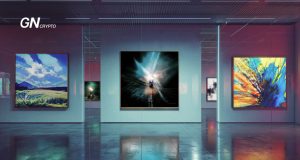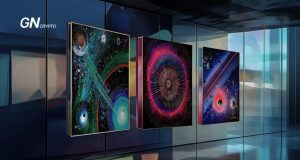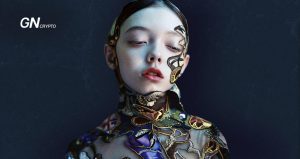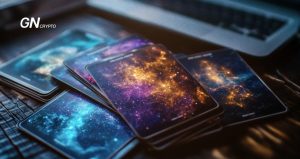Kim Asendorf: The Maestro of Pixel Waves
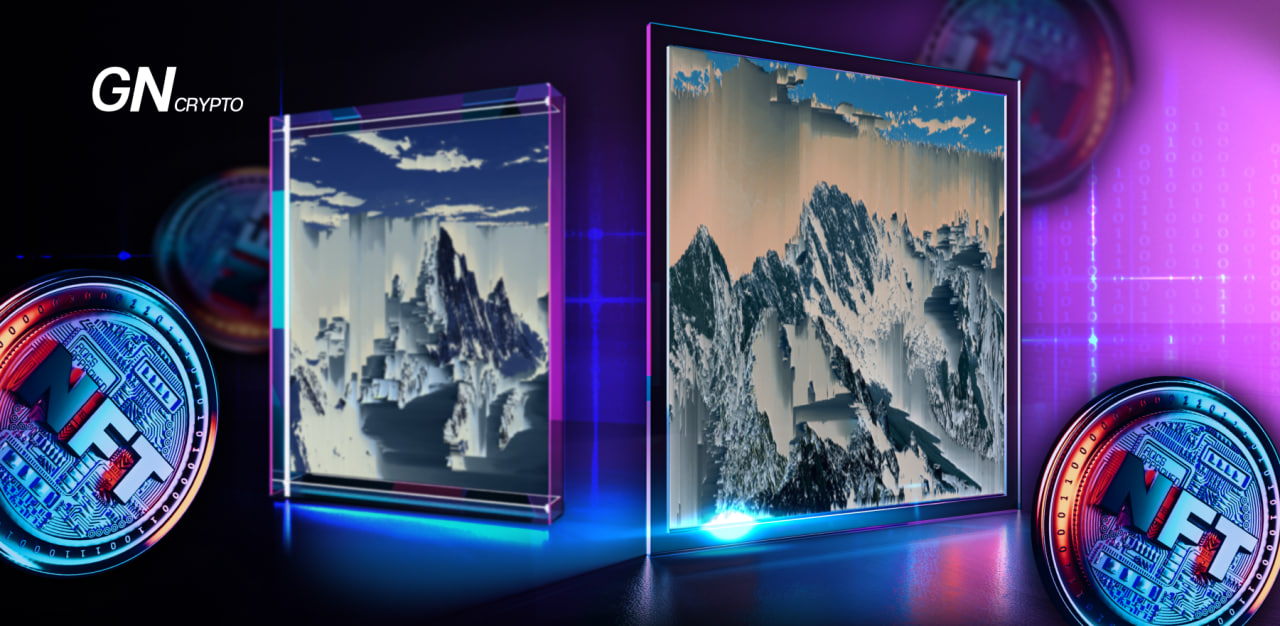
Kim Asendorf is a German digital artist and programmer who uses generative algorithms to craft abstract images and animations, showcased as NFT collections.
On this page
Kim resides in Berlin after moving from the small town of Kassel in central Germany. His fascination with computers, video games, and music began in childhood and later expanded into graphic design and programming. Kim's father provided him the chance to work with different computers well before the 1990s, a time when such technology was rarely available due to high prices. This formative experience with technology may have influenced his decision to integrate coding into his art after graduating from an art and design school.
Initially, Kim shared his work on social media platforms like Flickr and Tumblr, and he eventually engaged in projects that addressed issues like information censorship and state violence. For example, his image series titled “Gezi gelen Limon” (which translates to “You need lemons to neutralize your burning eyes”) was created to shed light on the severe police responses to protesters in Turkey’s capital. This collection was later displayed at the Global Activism exhibition.
An interesting fact: Kim Asendorf is credited with creating the now widely-used open-source generative algorithm called Pixel Sorting, which draws images by manipulating specific pixels.
Kim, however, does not identify strictly as a generative artist and does not limit himself to particular styles like glitch art or net art. He describes himself as a digital expressive artist who uses programming to create captivating images. His process involves manipulating pixels and setting specific rules within a predetermined structure, occasionally allowing the algorithm greater freedom.
Kim Asendorf’s creative journey has not been as smooth as it might appear. After moving to the capital in 2017, his financial situation sharply deteriorated, leading him to nearly abandon his art and take up a “regular” job to support his family. This lifestyle shift brought on several years of depression and health issues. These challenges prompted Kim to reassess his life and, with the encouragement of close friends in the art world, he returned to his creative pursuits and discovered a new passion for NFTs.
Ultimately, I went back online to see what was going on and there was this “NFT space” that I’d never heard of. By then, I knew about crypto, but the NFT stuff was super interesting and a new source of inspiration,
Kim recounts.
His debut blockchain project was an animated generative NFT collection titled Monogrid. In this project, he employed a special algorithm that filled a vast initial grid with black or white rectangles and randomly triggered various animations (noise, modular, or shift) that varied depending on their placement on the grid. Each iteration results in a new, captivating animation.
The Monogrid Collection. Source: Monogrid’s official website
Monogrid consists of 256 unique NFTs on the Tezos blockchain. At the time of writing, the minimum price is 5,000 XTZ (about $4,900), with the artist receiving a 16% royalty. Kim also released an alternative version of the project, monogrid 1.1 CE, which features a richer color palette (blue, green, red, etc.) and is considerably less expensive than the original (starting at 1,300 XTZ, $1,300).
Kim’s most popular generative digital series, COLORS OF NOISE, has garnered significant attention. This series merges abstract pixel animation with sound effects to create and visualize noises including white, violet, and brown, aimed at helping users relax or drift into sleep after a busy day.
Each one is an ode to sound design,
Kim remarks.
COLORS OF NOISE consists of 50 unique NFTs on the Ethereum blockchain. Users can initiate, pause, or completely stop the sound animations, which are generated using the Web Audio API. Initially created randomly, Kim was dissatisfied with the outputs and chose to fine-tune each algorithm himself. The current market's minimum price is 1.2 ETH (about $3,700), including a 15% royalty to the artist.
Other notable NFT collections by the artist include NAZCA, tr4ns4ctions, and Reading a book. To truly appreciate the intent behind each of Kim's works and to recognize his artistic skill, it's best to experience them firsthand.
An interesting fact: Kim also co-directed the music video “Chasing Light” for the renowned band Metallica.
Kim advises emerging artists interested in algorithms and Web3 to focus on finding their own creative paths and building communities rather than immediately launching a collection. He stresses that there is no one-size-fits-all formula for success and often relies on creative chaos himself, so it's important to maintain personal enthusiasm.
The content on The Coinomist is for informational purposes only and should not be interpreted as financial advice. While we strive to provide accurate and up-to-date information, we do not guarantee the accuracy, completeness, or reliability of any content. Neither we accept liability for any errors or omissions in the information provided or for any financial losses incurred as a result of relying on this information. Actions based on this content are at your own risk. Always do your own research and consult a professional. See our Terms, Privacy Policy, and Disclaimers for more details.


